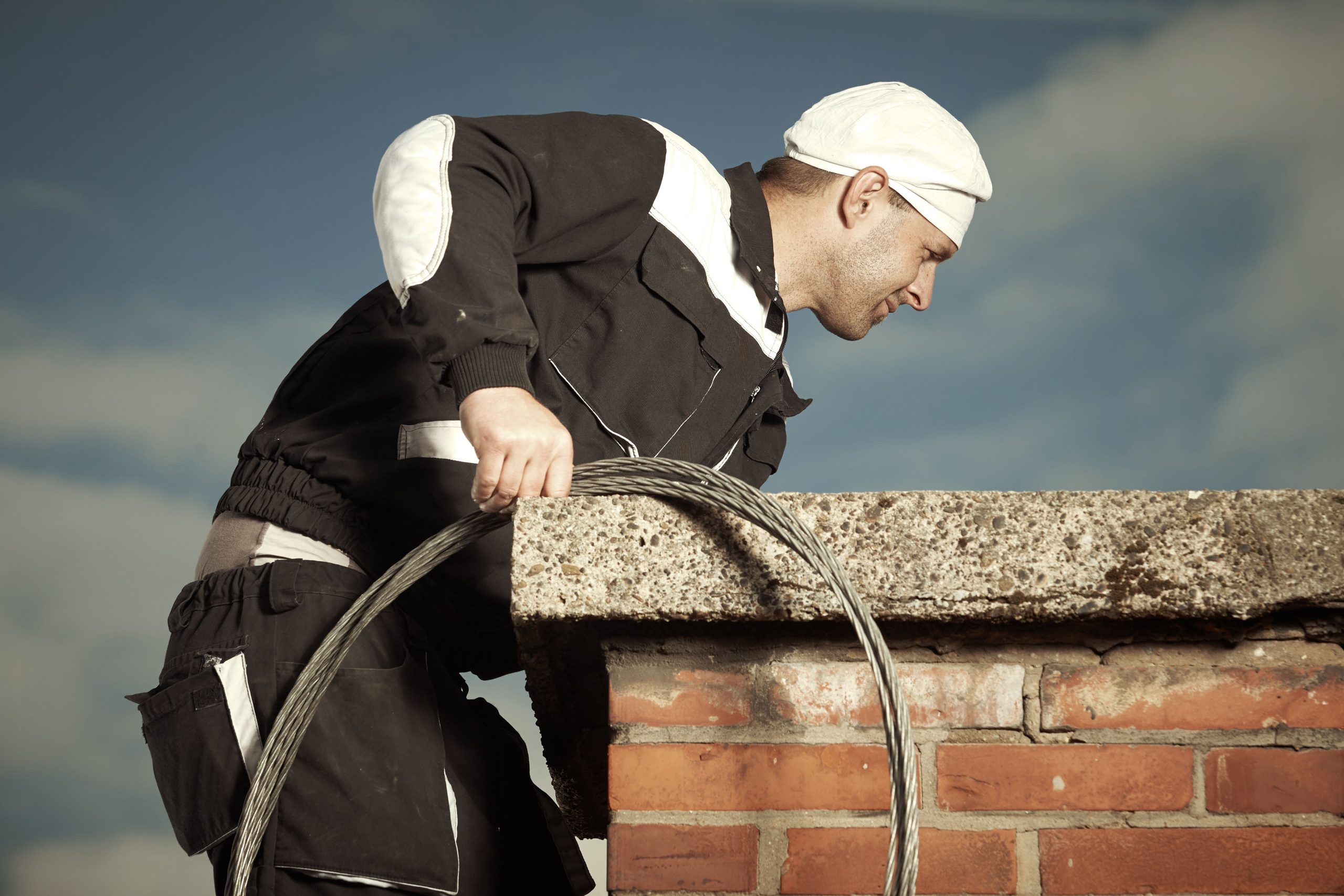
Chimneys play a crucial role in providing warmth and comfort to our homes, but they also come with various health hazards that demand our attention. From toxic gases to structural issues, it’s essential to be aware of potential dangers and take preventive measures. In this article, we will explore 20 common chimney health hazards and provide guidance on how to address and mitigate these risks effectively.
Carbon Monoxide Poisoning:
Carbon monoxide (CO) is a deadly gas that can accumulate in your home when chimneys are not properly maintained or obstructed. Install carbon monoxide detectors and schedule regular inspections to avoid poisoning.
Creosote Buildup and Chimney Fires:
Creosote, a flammable byproduct of burning wood, can accumulate in the chimney, leading to chimney fires. Regular cleaning by a professional chimney sweep is vital to prevent these hazards.
Allergens and Respiratory Irritants:
An inadequately sealed chimney can become an entry point for allergens, such as pollen and mold spores, causing respiratory issues and allergies. Install a chimney cap and maintain it regularly to keep allergens out.
Structural Damage and Collapse:
Chimneys exposed to harsh weather conditions can suffer structural damage, potentially leading to collapse. Regular inspections and maintenance can identify and rectify issues before they worsen.
Backdrafting:
Backdrafting occurs when exhaust gases are drawn back into the living spaces due to improper ventilation. Ensure your home is well-ventilated, especially around fuel-burning appliances, to avoid this hazard.
Animal Intrusions:
Chimneys with no proper cap or screening are vulnerable to nesting birds and other animals. These intrusions can block the chimney and create fire hazards. Regularly inspect and install protective measures to deter animals.
Smoking Issues:
Improper chimney design or blockages can cause smoke to enter your living spaces instead of being expelled outside. This can lead to respiratory problems and discomfort. Seek professional assistance to address these issues.
Mold Growth:
A damp chimney can become a breeding ground for mold, leading to indoor air quality problems and health issues. Regular cleaning and waterproofing can help prevent mold growth.
Chimney Obstructions:
Debris, bird nests, or structural defects can obstruct the chimney, causing smoke and harmful gases to back up into the house. Regular inspections and cleaning will help maintain a clear passage.
Cracked Chimney Liner:
Cracks in the chimney liner can allow toxic gases to seep into your home. Regular inspections will help detect and repair any damage to the liner.
Loose Bricks or Masonry:
Weathering and wear can cause masonry components to loosen and fall, posing a risk of injury or property damage. Regular maintenance will identify and address such hazards.
Soot and Ash Accumulation:
Soot and ash can be blown into the living spaces if the chimney cap is damaged or missing. Regularly clean and maintain your chimney to prevent this hazard.
Chimney Leaks:
A leaking chimney can cause water damage and compromise the structural integrity. Addressing leaks promptly and waterproofing the chimney can prevent this hazard.
Improper Installation:
Poorly installed chimneys can pose numerous risks, including leaks, fires, and backdrafting. Hire qualified professionals for chimney installations to ensure safety.
Chimney Height:
Inadequate chimney height can lead to poor draft and ineffective ventilation, increasing the risk of backdrafting and air quality issues. Ensure your chimney is properly sized and positioned.
Using Unseasoned Wood:
Burning unseasoned wood can lead to excessive creosote buildup and increased risk of chimney fires. Only use properly seasoned wood for your fireplace or stove.
Ignoring Warning Signs:
Neglecting warning signs of chimney issues, such as strange odors or discoloration, can lead to more significant problems. Address any concerns promptly and seek professional advice.
Lack of Chimney Cap:
Without a chimney cap, rainwater, debris, and animals can easily enter your chimney, causing various hazards. Install a chimney cap and inspect it regularly.
Blocked Air Vents:
Blocked air vents prevent proper airflow, affecting the efficiency of your chimney and increasing the risk of smoke entering your home. Keep air vents clean and unobstructed.
Lack of Regular Maintenance:
Failure to schedule annual inspections and cleanings can lead to a variety of chimney hazards. Make chimney maintenance a priority to ensure a safe and healthy home environment.
While chimneys offer warmth and comfort to our homes, they can also pose significant health hazards if not properly maintained. Being aware of these potential risks and taking preventive measures, such as regular inspections, cleanings, and installing safety devices, will help ensure a safe and enjoyable fireplace experience. Prioritize the well-being of your family and home by staying informed about chimney health hazards and taking proactive steps to address them promptly.
Ensure your peace of mind and family’s safety by entrusting your chimney’s maintenance to the experts at Spring Hill Chimney Service. Say goodbye to risks and hazards with our professional care.
